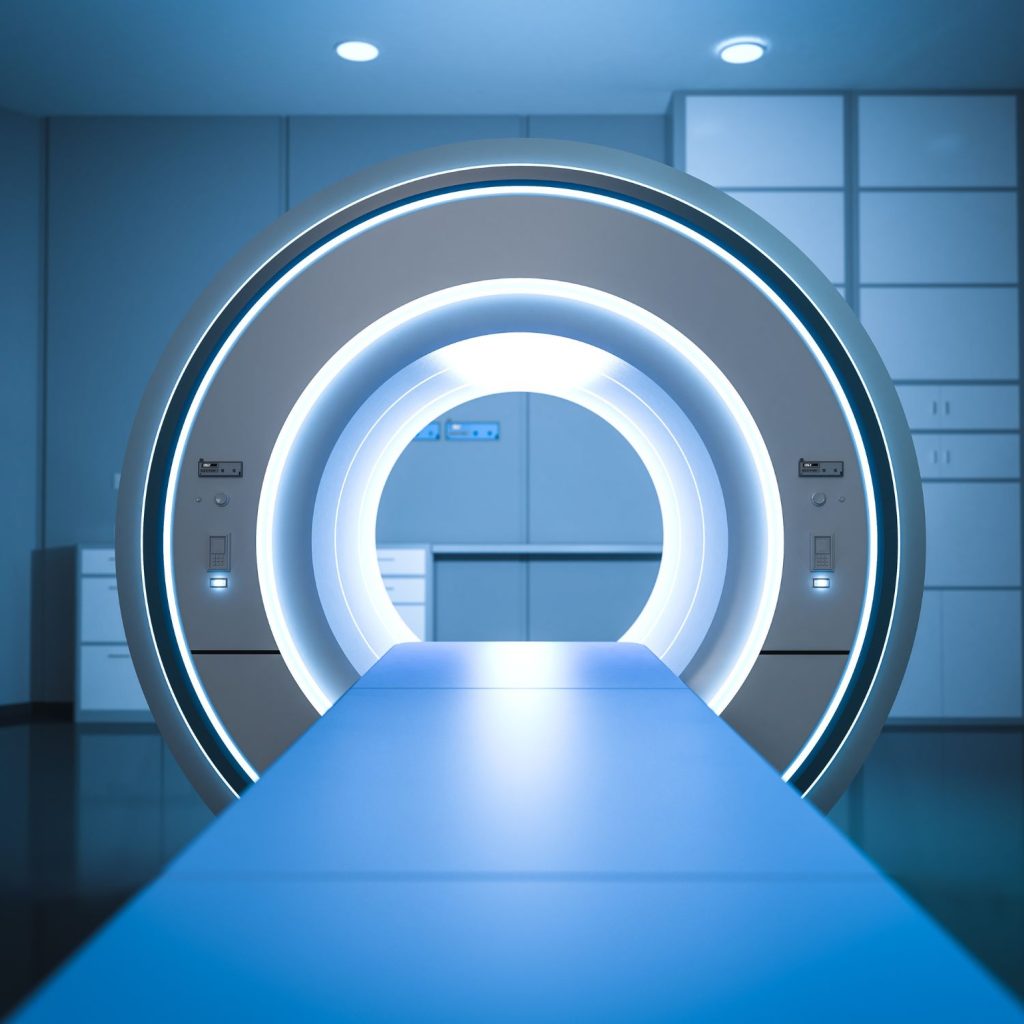Evidence-based medicine is not limited to large clinical trials or cutting-edge technologies. At its core, it involves the rigorous development of tools that enhance healthcare professionals’ ability to make informed decisions. Validating a clinical instrument—such as a questionnaire—is not merely a methodological formality; it is a professional duty that can transform healthcare delivery, especially in high-demand environments like primary care.
The Mental Health Questionnaire for Primary Care in Children aged 6 to 12, developed and validated in Mexico, is an excellent example of how applied research can generate practical tools with direct public health impact. Surprisingly, it also offers important lessons for specialties like radiology, where the use of non-validated scales or locally created diagnostic criteria remains common.
Why Validate a Questionnaire? The Difference Between Intuition and Science
In overstretched clinical settings such as primary care, physicians need instruments that help them detect hidden pathologies early, make swift decisions, and refer cases appropriately. But to fulfill this role, a clinical questionnaire must meet several fundamental psychometric criteria:
- Content validity: Ensures the questionnaire covers the relevant domains of the disorder or condition.
- Construct validity: Confirms that the instrument truly measures what it claims to measure.
- Internal consistency: Indicates that the questions or items are coherent (typically measured using Cronbach’s alpha).
- Test–retest reliability: Evaluates the instrument’s stability over time.
- Predictive and discriminant validity: Assesses its ability to distinguish between healthy and affected individuals and predict clinical outcomes.
The Mexican questionnaire underwent all these steps. It was designed in accordance with DSM-IV and ICD-10 criteria, reviewed by expert judges, piloted in real patient settings (children in health centers and psychiatric hospitals), and analyzed using statistical methods such as factor analysis and internal reliability testing.
The result was a robust, practical, and easy-to-use tool capable of reliably identifying disorders such as anxiety, depression, ADHD, elimination disorders, eating disorders, autism spectrum symptoms, and early psychotic signs. Its implementation allows general practitioners to act before full-blown clinical syndromes emerge or before symptoms severely impact child development.
Lessons for Radiology: Beyond Imaging, Toward Standardized Measurement

Can a clinical questionnaire teach us anything in radiology? The answer is yes—both methodologically and structurally.
In radiology, many decisions rely on scales, protocols, and classification systems (BI-RADS, PI-RADS, LI-RADS, etc.). Yet, the rigorous validation of these systems is not always consistent. In some departments, ad hoc scales or unstandardized local criteria are still used without evidence of interobserver reproducibility or sensitivity/specificity metrics.
The validation model used for the Mexican questionnaire can inspire a critical review of our own diagnostic tools:
- How valid are the local scales we use to classify suspicious findings?
- What is the interobserver agreement in our structured reporting?
- Is there evidence that specific radiological findings accurately predict clinical outcomes?
Incorporating scientific validation criteria—identical to those applied in primary care clinical instruments—can improve diagnostic accuracy in radiology, enhance interdisciplinary communication, and reduce variability between professionals.
Clinical–Radiological Collaboration in Early Stages: An Integrative Model
Another key takeaway from the Mexican project is the importance of interdisciplinary collaboration in the development and validation of clinical tools. Though clinically oriented, the questionnaire was validated by a team including statisticians, psychologists, primary care physicians, and child psychiatrists. Only through this collaboration was a usable and scientifically solid tool achieved.
In radiology, collaboration with clinicians often occurs reactively—once an image is available, or a suspicion arises. Rarely do radiologists participate actively in the design of clinical tools or diagnostic scales from the outset. Changing this approach could yield considerable benefits.
Concrete proposals:
- Participate in the design of clinical scales that integrate imaging criteria from the beginning.
- Co-develop validated diagnostic protocols combining clinical, laboratory, and imaging data.
- Contribute to the training of non-radiologists in basic imaging interpretation for primary care or emergency settings.
In this way, the radiologist is no longer just a “reader” of images but becomes an active contributor to the diagnostic ecosystem from the earliest phases of care.

